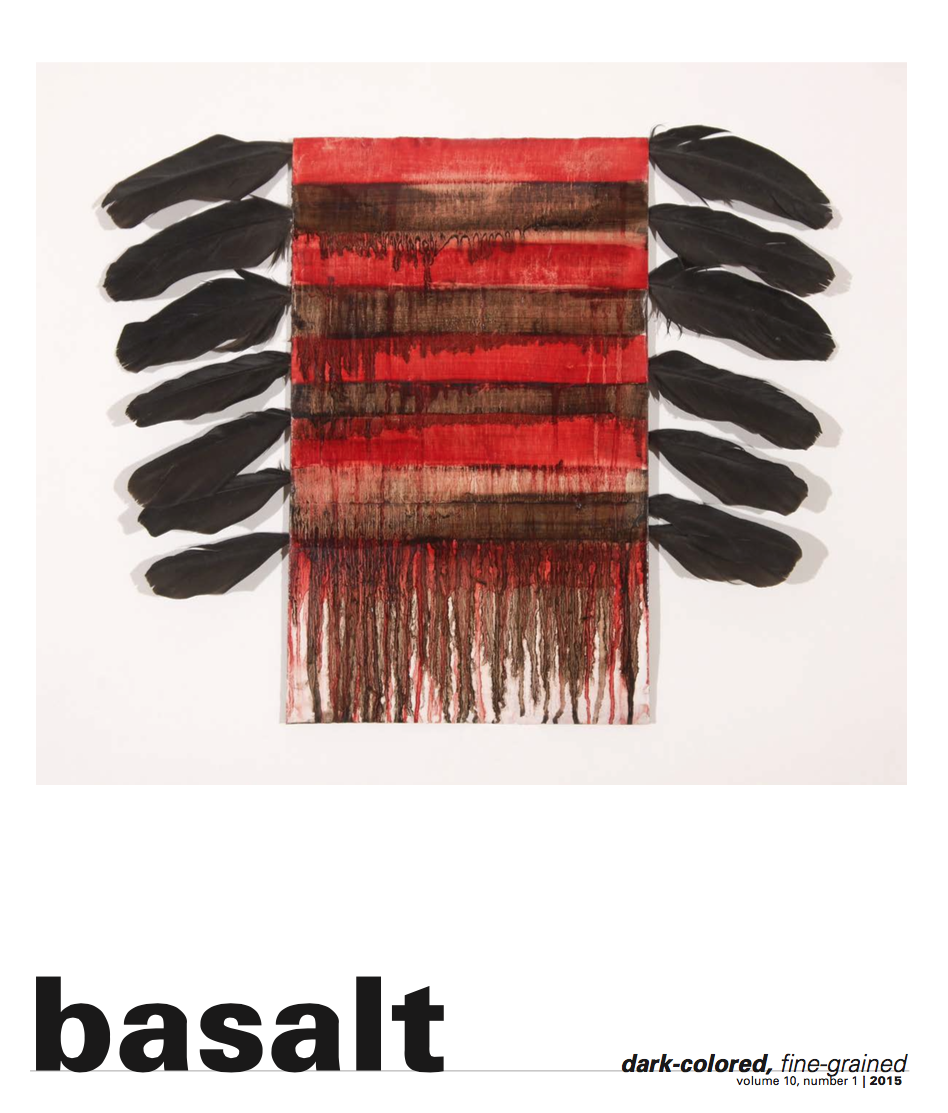Review of Where Outside the Body Is the Soul Today by Melissa Kwasny
University of Washington Press, hardback, 96 pages, $19.95
Reviewed by Tami Haaland
Inspired by Christopher Howell’s ecstatic poem “Another Letter to the Soul,” Melissa Kwasny’s Where Outside the Body Is the Soul Today is a careful examination of the self, the natural world, the spirit and soul woven through with an awareness of language and indigenous traditions. In her worldview, words do not exist as arbitrary signifiers but are intricately connected to the conditions they represent: “Considered sunshine and its synonyms.” “Considered peace and its synonym.” In this way, Kwasny reaches for the ideas, phenomena and creatures that help her explore the relationship among soul, spirit, and self. Her implied questions, what in the world is like sunshine, what in the world is like peace, begin to create a framework for her inquiry.
“The book begins, rightly, with the Killing Floor,” says the speaker of Kwasny’s opening poem, “The Hide and Skin Manual,” and so she establishes mortality as the driving force of this collection, questioning what it is to age and die, how we understand trauma and change in the body, and how we understand soul and spirit in light of these frailties. In this opening work, she establishes, too, the interconnection between the human and animal world, refusing a clear delineation between the two. “The Hide and Skin Handbook” considers our likeness to pigs and offers this surprising passage to flip our perception of animal-human relationships: “The Yupiit break the ice from the waterholes so the sea mammals can see them.” In this way that humans are not the observers we think we are so much as the ones observed. In “The Hide and Skin Manual” “Sun rises, as if under a spell,” and so the spell of this elegant book begins.
Divided into eight sections, the book is beautifully symmetrical. Sections 1, 3, 5, and 7 are named after groups of people identified as people: “The Deer People,” “The Blue Heron People,” “The Hawk People,” and “The Creek People,” which corresponds to her earlier indication that there is no clear way to differentiate human from animal. The architecture of the book reaffirms that we are all people, and further that the soul “outside the body” may be found in the natural world and in those who inhabit it. In the poem “The Deer People,” the speaker recounts actions: “Stepped into a spirit world where the natural show themselves. / Wearing a guise of the same.” Between each of these sections are multi-part prose poems, all titled “Another Letter to the Soul.” The sections of the book alternate, then, between observation of the world focused on various people where the speakers search for the soul and detailed letters addressed to the soul.
In Kwasny’s cosmology, anything could be the soul. “Every known culture has taken upon itself/ naming of the soul, usually in words for smoke or wind.” “If I saw my soul she would be this tree/ and I would love her” (12). Her work is informed, in part, by Dakota tradition: “My friend Lois says each person is divided into four parts . . . . Diaspora of the interior—spirit, shadow, soul, and mind—and our bodies, the hibernacula where they all rest.” No wonder then, this book is full of such rich observation and immersion in the natural world as the author probes the primary question articulated in the title.
Kwasny’s search is based on research, observation and contemplation, and it resonates broadly with universal themes such as this: if “this is not the life we thought we were here to live” then what is it? In her pursuit, she speaks of the creatures “we don’t discover.” Instead, “They cross our paths.” Her meticulous research is woven through this collection, often in surprising ways. For example, she speaks of the antelope as “ancestral members of a world we lost,” and metaphorically, “[c]oal seams set on fire by lightening,” that is, something ancient making its appearance known in the contemporary world. This metaphor echoes a line from “The Deer People,” “[s]aw not particulars but glow.” In this same poem, she references the Greek origin of the antelope’s name, a “Cheyenne word for tea,” alludes to the antelope miming tragedy which reverberates back to Greek origins, and implies that they are known for their speed, which brings to mind recent speculations that their speed allowed them to survive the saber-toothed cats from the last ice age.
The soul may be one of the riskiest and most difficult topics, prone to an overlay of cliché, dogma, or wild and airy speculation, and it is also one of the most-worthy topics in a world prone to increasing digital overload. Kwasny, in her careful and respectful way, dodges the pitfalls to undertake and document a genuine search. Through meticulous observation of the natural world, a respect for language that refuses to see words as simple abstractions disconnected from what they reference, and a deep regard for American Indian traditions, Kwasny creates a coherent and carefully orchestrated collection. That we are all mortal skin and bones is her starting point. The idea that “the soul, as opposed to the spirit, really is of the earth. Soul as something that surrounds us, which we grow into” is at least one of her possible conclusions. In the end, it is the earth that she loves: “I am drawn to the infinity that is earth. Rock, its own shape, own meaning, not ours. The weight-bearing, sun burnt character of its slopes.”
This is the voice of mature wisdom and meditation, and in a world where so much threatens the earth and its people, both human and non-human, we will do well to pay attention.
